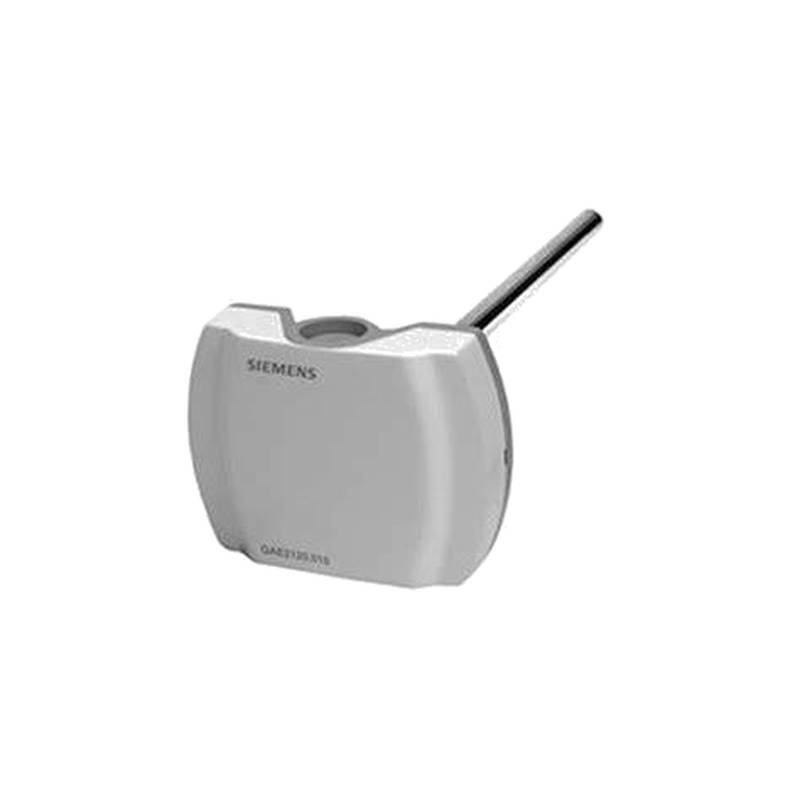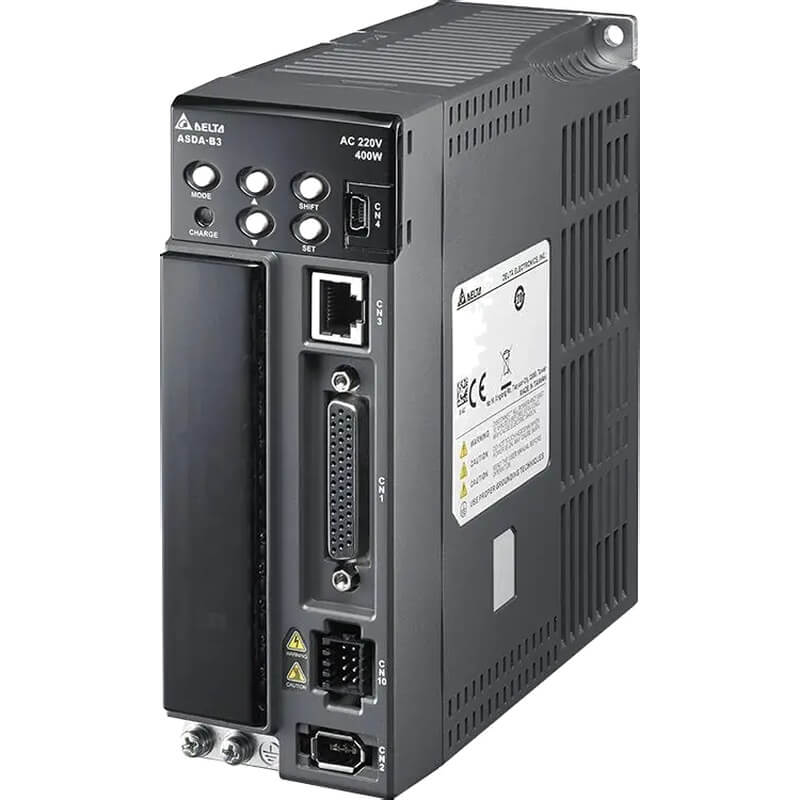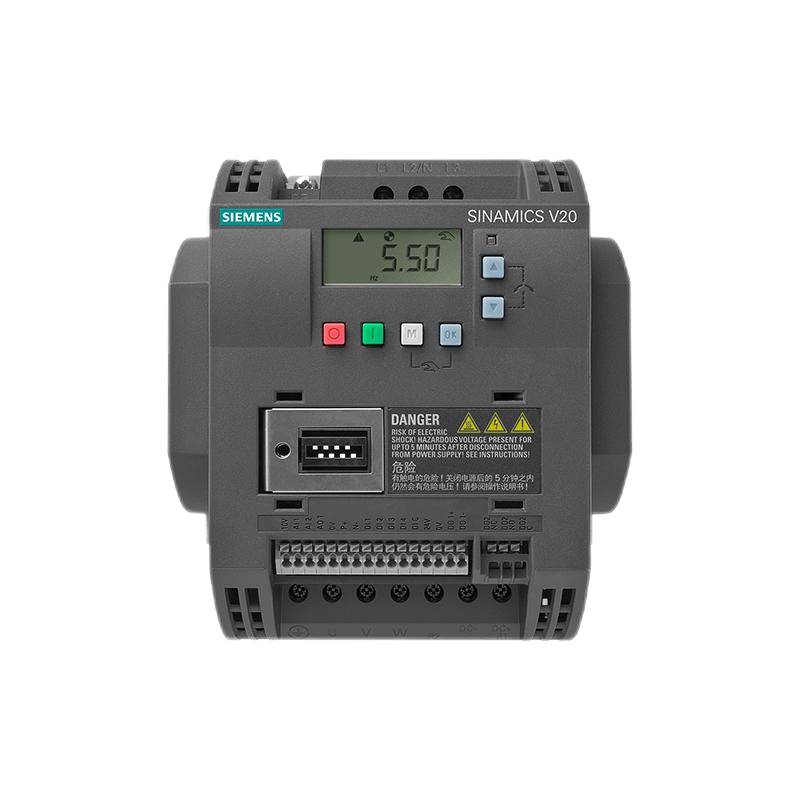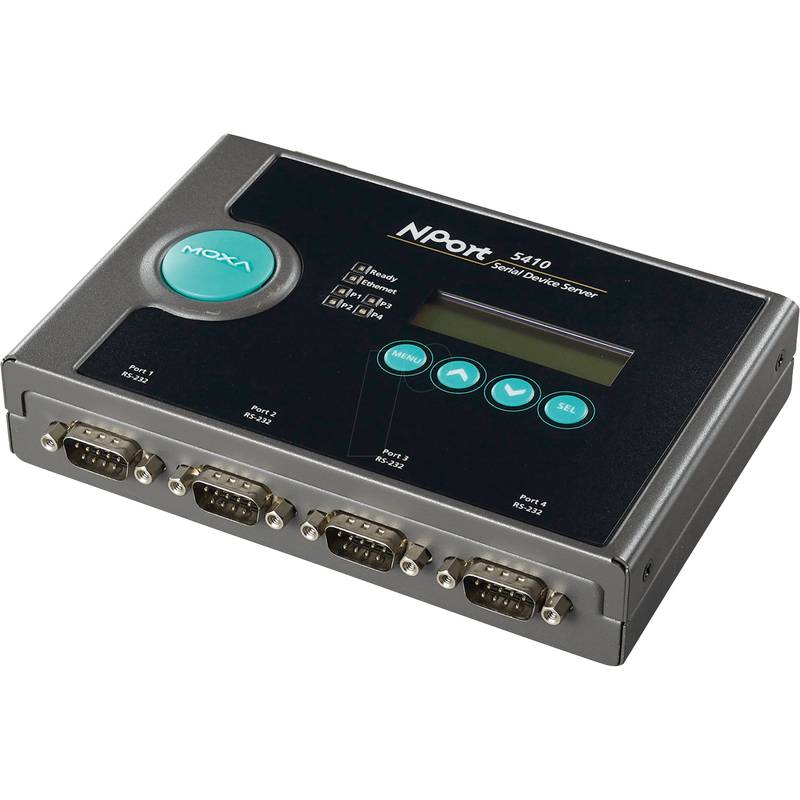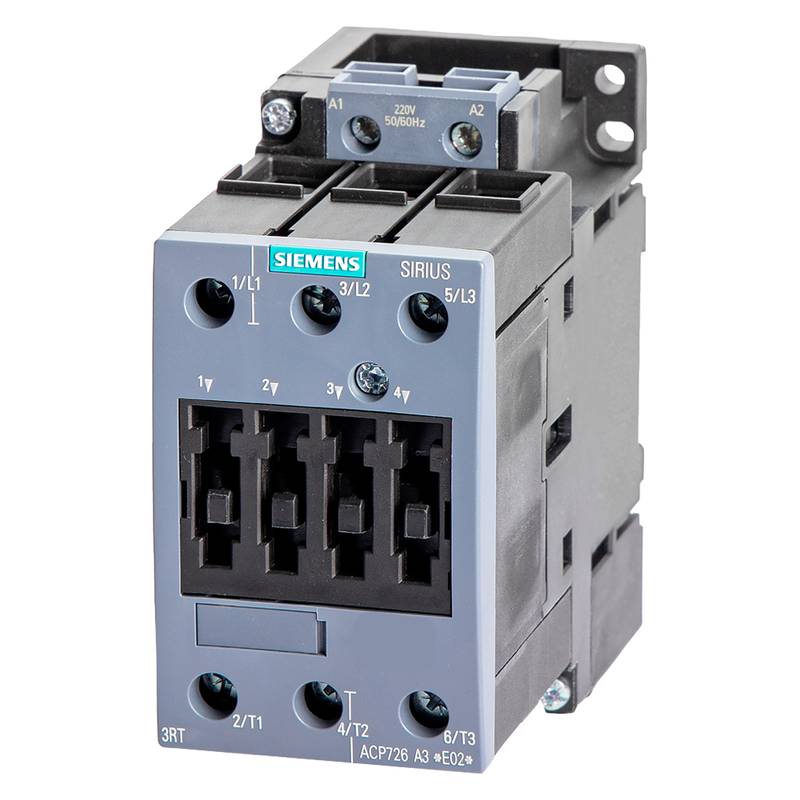
The Siemens BPZ:QAE2111.010 Temperature Sensor with Display is a highly reliable and accurate device designed for precise temperature monitoring in demanding industrial environments. Its key advantages include a clear, integrated digital display for immediate readings, robust construction for durability, and versatile compatibility with various control systems. Core features encompass a wide operating temperature range, fast response time, and low power consumption. Technical parameters such as its measuring range, accuracy class, and output signal are critical for system design and performance.
Siemens BPZ:QAE2111.010 Product Specifications
| Parameter | Specification |
| :-------------------- | :----------------------------------------------- |
| Product Type | Temperature Sensor with Display |
| Model | BPZ:QAE2111.010 |
| Manufacturer | Siemens |
| Measuring Range | Typically -30 to +130 °C (Refer to specific datasheet) |
| Accuracy | ±0.5 K at 25 °C (Refer to specific datasheet) |
| Output Signal | 0–10 V DC or 4–20 mA (selectable) |
| Display | Digital, integrated |
| Power Supply | 24 V AC/DC |
| Protection Class | IP65 (sensor probe) |
| Connection Type | Screw terminals |
| Mounting | Immersion or surface mounting |
Core Features & Market Positioning
The Siemens BPZ:QAE2111.010 distinguishes itself through its user-friendly integrated digital display, which eliminates the need for external readouts and simplifies on-site monitoring. This direct readability is a significant advantage in applications where quick visual checks are essential for operational efficiency and safety. Its robust design, often featuring a durable stainless steel probe and high IP rating, ensures reliable performance even in harsh industrial conditions, making it a preferred choice over less rugged alternatives. The sensor's selectable output signal (0–10 V DC or 4–20 mA) offers exceptional flexibility, allowing seamless integration into a wide array of Siemens and third-party building automation and control systems, thereby enhancing its market appeal.
Key Application Scenarios
This temperature sensor is indispensable in HVAC systems for precise control of air and water temperatures within commercial buildings, ensuring optimal comfort and energy efficiency. It is widely deployed in industrial process control to monitor fluid temperatures in pipelines, tanks, and machinery, safeguarding equipment and product quality. Furthermore, its reliability makes it suitable for monitoring ambient temperatures in critical environments such as data centers and storage facilities, preventing overheating or spoilage. The BPZ:QAE2111.010 is also a common component in building management systems (BMS) for real-time data acquisition and performance analysis.
Practical System Integration Guidance
Integrating the Siemens BPZ:QAE2111.010 requires careful attention to wiring and output signal selection. Ensure the power supply of 24 V AC/DC is correctly connected to terminals L/N or 1/2. The output signal (0–10 V or 4–20 mA) is selected via jumpers or dip switches on the sensor's electronic housing; consult the product manual for the precise configuration. For 0–10 V output, connect the signal wire to terminal 3. For 4–20 mA output, connect to terminal 4, and ensure a 250-ohm load resistor is present in the loop. Proper probe installation, whether through immersion wells or direct surface contact, is crucial for accurate thermal transfer and response time.
Operation and Risk Mitigation
Operating the Siemens BPZ:QAE2111.010 is straightforward due to its clear digital display, which shows current temperature readings. Users should periodically verify that the displayed temperature aligns with expectations for the application to detect potential sensor drift or system anomalies early. Risk mitigation involves ensuring the sensor's operating temperature limits are not exceeded and that the probe's IP rating is suitable for the installation environment to prevent water ingress or damage. Regular calibration checks, as per site maintenance schedules, are recommended to maintain measurement accuracy and prevent process deviations that could lead to equipment damage or off-spec product.
Scalability & Long-Term Value
The Siemens BPZ:QAE2111.010 offers significant long-term value through its compatibility with the broad Siemens Desigo™ building automation platform and other industry-standard control systems. Its selectable output signals facilitate easy upgrades or integration into newer digital platforms, including those supporting Industrial IoT (IIoT) initiatives for enhanced data analytics and predictive maintenance. The sensor's robust build quality and Siemens' reputation for reliability ensure a long service life, minimizing replacement costs and maintaining consistent performance over time. This inherent scalability and durability make it a sound investment for evolving industrial and building management needs.
Frequently Asked Questions (FAQs)
What is the operating temperature range of the Siemens BPZ:QAE2111.010?
The Siemens BPZ:QAE2111.010 typically operates within a range of -30 to +130 °C. This specification allows for versatile deployment across various demanding industrial and commercial applications. It is crucial to verify the exact range in the product's technical datasheet for specific environmental conditions.
How is the output signal of the Siemens BPZ:QAE2111.010 configured?
The output signal can be configured to either 0–10 V DC or 4–20 mA. This selection is typically made using jumpers or dip switches located within the sensor's electronic housing. Always refer to the official product manual for precise jumper settings and wiring diagrams.
Can the Siemens BPZ:QAE2111.010 be integrated with third-party building automation systems?
Yes, the sensor's standard output signals (0–10 V DC and 4–20 mA) ensure broad compatibility. It can be readily integrated with most third-party building automation and control systems, not just Siemens platforms. This flexibility simplifies system design and upgrades.
What type of display does the Siemens BPZ:QAE2111.010 feature?
This model includes an integrated digital display. This feature provides direct, on-site temperature readings, eliminating the need for external monitoring devices. It enhances operational efficiency and simplifies troubleshooting.
What is the accuracy of the Siemens BPZ:QAE2111.010 temperature sensor?
The Siemens BPZ:QAE2111.010 offers a high level of accuracy, typically ±0.5 K at 25 °C. This precision is vital for applications requiring tight temperature control and reliable process monitoring. For exact accuracy specifications, consult the product's datasheet.
What are the typical applications for this Siemens temperature sensor?
Common applications include HVAC systems, industrial process control, and environmental monitoring in data centers. It is also widely used in building management systems for comprehensive temperature data acquisition. Its versatility suits many critical temperature-sensing needs.
Does the Siemens BPZ:QAE2111.010 require a special power supply?
It operates on a standard 24 V AC/DC power supply. This voltage is common in industrial and building automation environments, simplifying installation. Ensure the correct polarity is observed when connecting DC power.
What is the protection rating (IP rating) of the sensor probe?
The sensor probe of the BPZ:QAE2111.010 typically features an IP65 protection rating. This ensures resistance against dust and water ingress, making it suitable for moist or dusty industrial environments. Proper sealing during installation is still important.
How do I mount the Siemens BPZ:QAE2111.010 temperature sensor?
Mounting options typically include immersion wells or direct surface mounting. The method chosen depends on the application and the need for fluid isolation or direct contact for accurate readings. Ensure good thermal contact for optimal performance.
What is the long-term value proposition of the Siemens BPZ:QAE2111.010?
Its long-term value comes from robust construction, high accuracy, and compatibility with evolving digital and IIoT platforms. The sensor supports scalability and minimizes lifecycle costs due to its reliability and integration flexibility.














